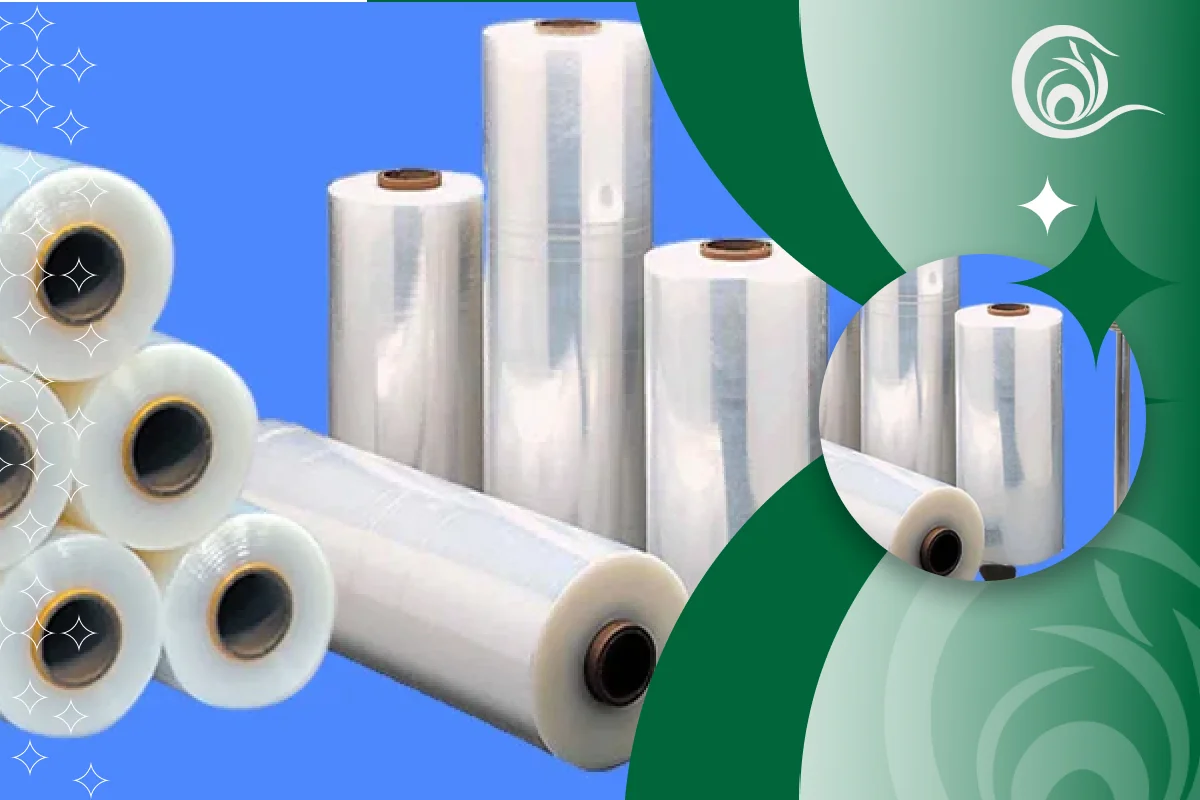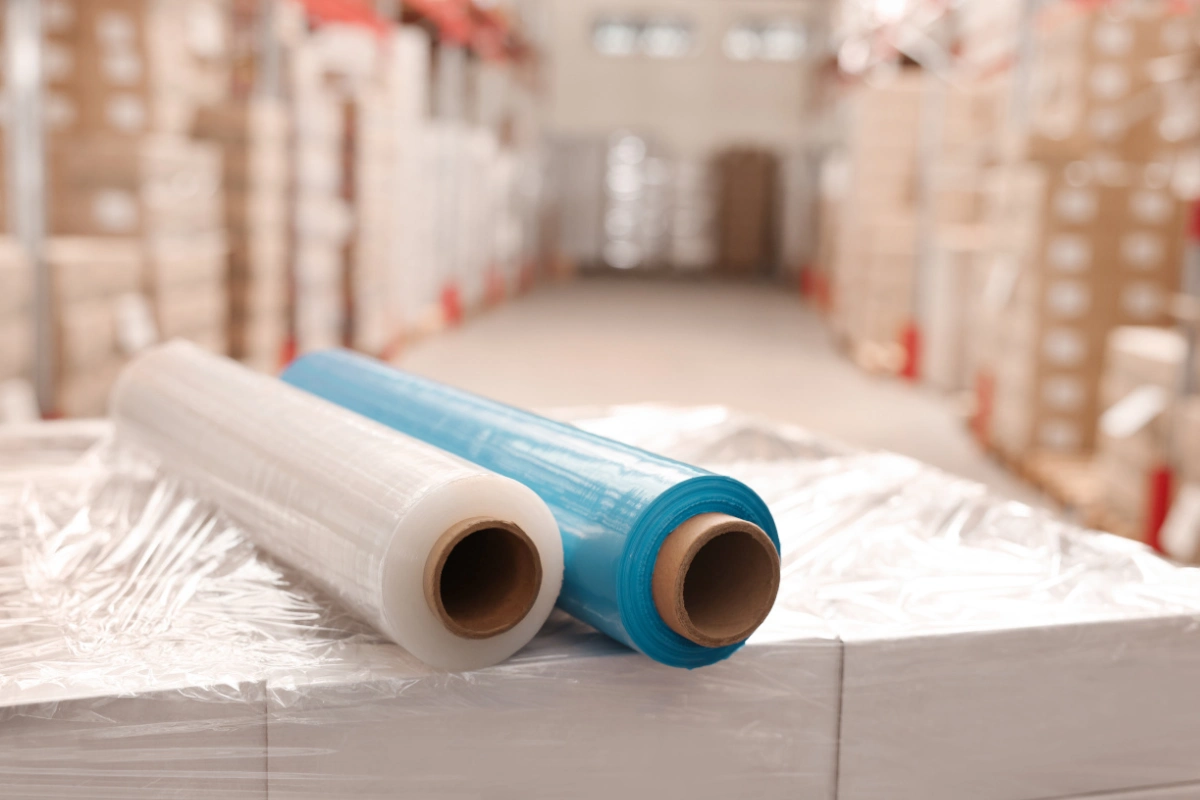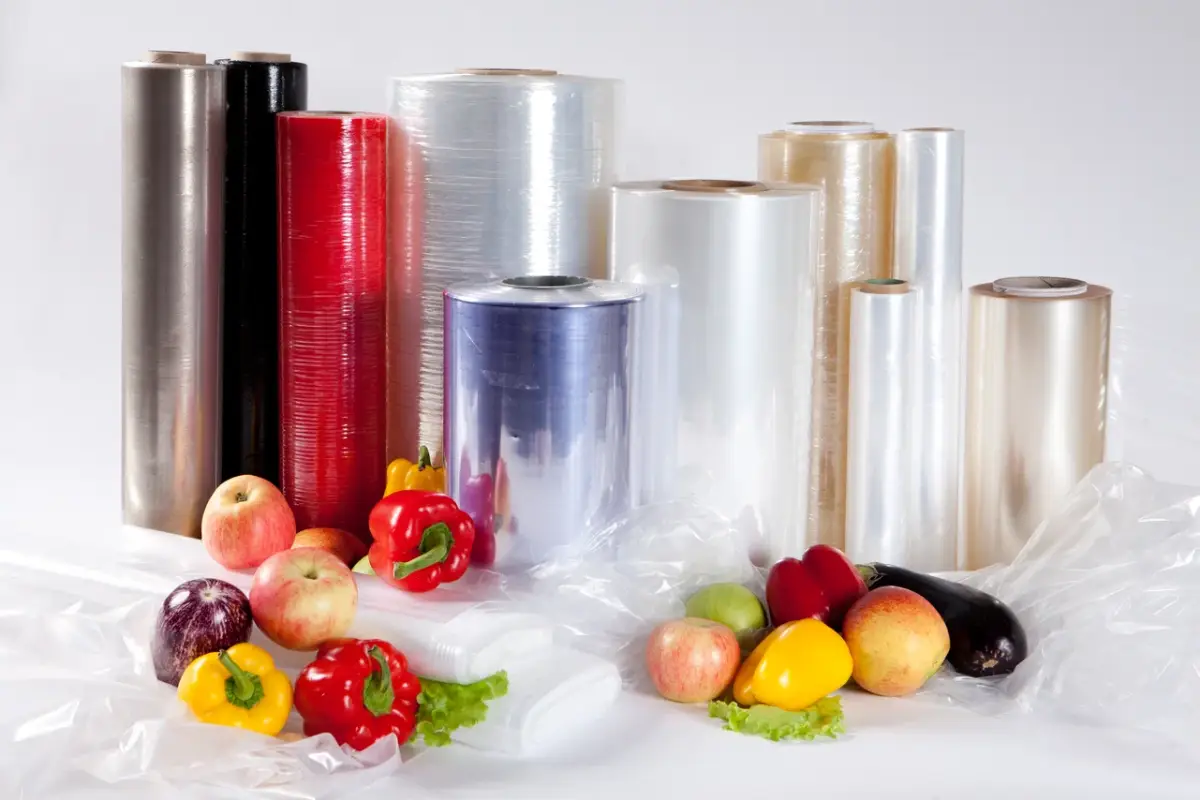Walk into any warehouse or packaging facility, and you’ll spot shrink film somewhere in action. This stuff is everywhere — tightly wrapping products, keeping them clean, safe, and shelf-ready. What makes shrink film special is its heat-reactive nature: apply heat, and the film contracts snugly around the product, sealing it in with a clean, professional look.
But not all shrink films are created equal.
In the packaging world, three main types stand out:
PVC (Polyvinyl Chloride), POF (Polyolefin), and PE (Polyethylene).
Each has its strengths and ideal use cases. Choosing the right one can directly impact your product’s presentation, protection, packaging efficiency — and even your environmental footprint.
Let’s break it down:
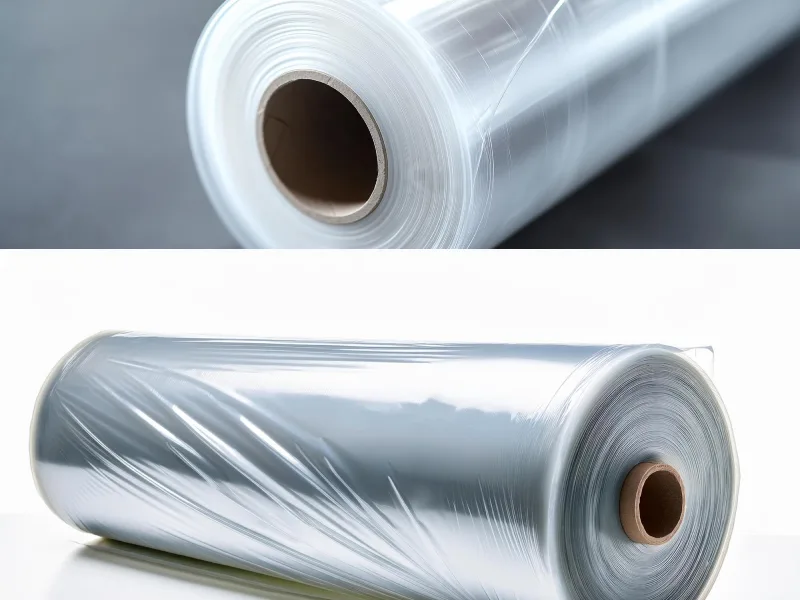
1. PVC Shrink Film
PVC shrink film was one of the earliest and most widely used options. While its popularity has dipped in recent years due to environmental concerns and better alternatives, it still holds value in certain budget-driven applications.
Key Traits:
- Material: Made from polyvinyl chloride resin – a synthetic plastic polymer.
- Clarity: Offers good transparency.
- Shrink Rate: High — often over 50%. Great for wrapping odd-shaped products tightly.
- Durability: Decent tear strength and puncture resistance for its thickness.
- Temperature Sensitivity: Can get brittle in the cold or sticky when too hot.
- Odor: Can release a noticeable chemical smell when heated — not ideal around food.
- Seal Quality: Strong, dependable seals.
- Eco Impact: Contains chlorine. Burning it releases harmful chemicals. Some formulas use phthalates, raising additional health and safety concerns.
Pros:
Budget-friendly
Shrinks tightly around complex shapes
Maintains shape well after shrinking
Adds a glossy, sleek finish
Cons:
Not eco-friendly
Releases odor when heated
Narrow temperature range
Brittle in cold environments
Common Uses:
PVC shrink film is often used for gift baskets, low-cost retail items (like stationery or toys), and some industrial components where cost is the top priority. It’s less common in food packaging due to the smell and material limitations.
2. POF Shrink Film
POF (Polyolefin) shrink film has become the go-to choice for many industries, especially food and retail. It’s cleaner, more flexible, and generally performs better than PVC in most areas.
Key Traits:
- Material: A multilayer film made from co-extruded polypropylene and polyethylene.
- Clarity: Crystal clear and glossy — enhances product appeal.
- Durability: Excellent tear and puncture resistance.
- Shrink Rate: Consistent and strong (typically 40–70%).
- Temp Range: Handles both cold storage and higher heat well.
- Odor: Odorless when heated — a big plus for food packaging.
- Food-Safe: Approved globally for direct food contact.
- Seal Quality: Smooth, tight, and almost invisible.
- Eco Impact: Chlorine-free. Some varieties are recyclable depending on local facilities.
Pros:
Looks great on shelves
Safe and clean for food items
Durable and puncture-resistant
Performs well in hot and cold environments
Reliable shrink performance across products
Cons:
More expensive per unit than PVC
Slightly less aggressive shrink around very complex shapes
Common Uses:
Perfect for food products (frozen, fresh, baked goods, sweets), pharmaceuticals, cosmetics, personal care items, and multi-packs of retail goods. If you need a clean, high-quality look — this is your film.

3. PE Shrink Film
PE (Polyethylene) shrink film is the heavyweight of the bunch. It’s thicker, tougher, and built for industrial-scale protection — think bundling beverages, construction materials, or household essentials.
Key Traits:
- Material: Typically made from LDPE or LLDPE resins.
- Thickness: Much thicker than PVC or POF (ranges from 25 to 100+ microns).
- Clarity: Less clear than POF, especially at higher thicknesses — may look slightly hazy.
- Durability: Exceptional strength and puncture resistance.
- Shrink Rate: Lower (around 20–40%). Needs higher heat and stronger tunnels to shrink effectively.
- Flexibility: Stays flexible even in cold environments.
- Seal Quality: Requires more heat and pressure; often needs specialized sealing equipment.
- Recyclability: Highly recyclable and accepted in most curbside programs.
Pros:
Heavy-duty protection for bulky or sharp-edged items
Great for pallet wrapping and bundlin
Strong and flexible under pressur
Eco-friendly and widely recyclable
Cons:
Lower visual clarity
Higher heat requirements
Less suitable for small or detailed packaging
Common Uses:
Ideal for wrapping beverage multi-packs, bulk paper goods, industrial items (like lumber or insulation), large consumer products, and full pallet loads.
How to Choose the Right Shrink Film
There’s no one-size-fits-all. Choosing the right shrink film depends on your product, packaging setup, and business goals. Here’s what to keep in mind:
1. Product Type – Is it perishable? Heavy? Sharp-edged? Visual presentation crucial?
2. Protection Level Needed – How much resistance to tearing or punctures is necessary?
3. Look & Feel – Is clarity more important or physical durability?
4. Your Equipment – Can your current machines handle high heat or thicker films?
5. Sustainability Goals – Does your brand prioritize recyclability and environmental impact?
6. Cost vs. Value– Think long-term: cheaper film may cost more in damage, downtime, or returns.
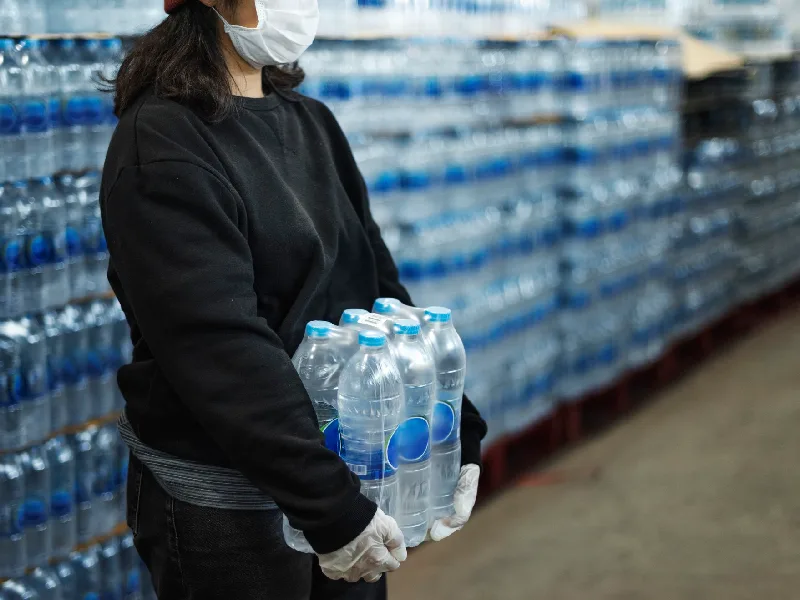
Bulk Shrink Film from Raga Parsian
At Raga Parsian, we supply high-quality shrink films — PVC, POF, and PE — at competitive wholesale prices. We understand the unique needs of different industries and offer expert consultation to help you choose the best film for your packaging goals.
Ready to upgrade your packaging line or need bulk pricing?
Get in touch with our sales team today. We’re here to support you with industry-grade solutions and fast, reliable service.
Final Thoughts
Choosing the right shrink film isn’t just a packaging decision — it’s a business one. From protecting your product to elevating its appearance and optimizing your line, the right film matters.
With Raga Parsian by your side, you’ve got a packaging partner who knows the industry and delivers at scale.
Need help deciding which film fits your product best?
We’re just a call or message away.

